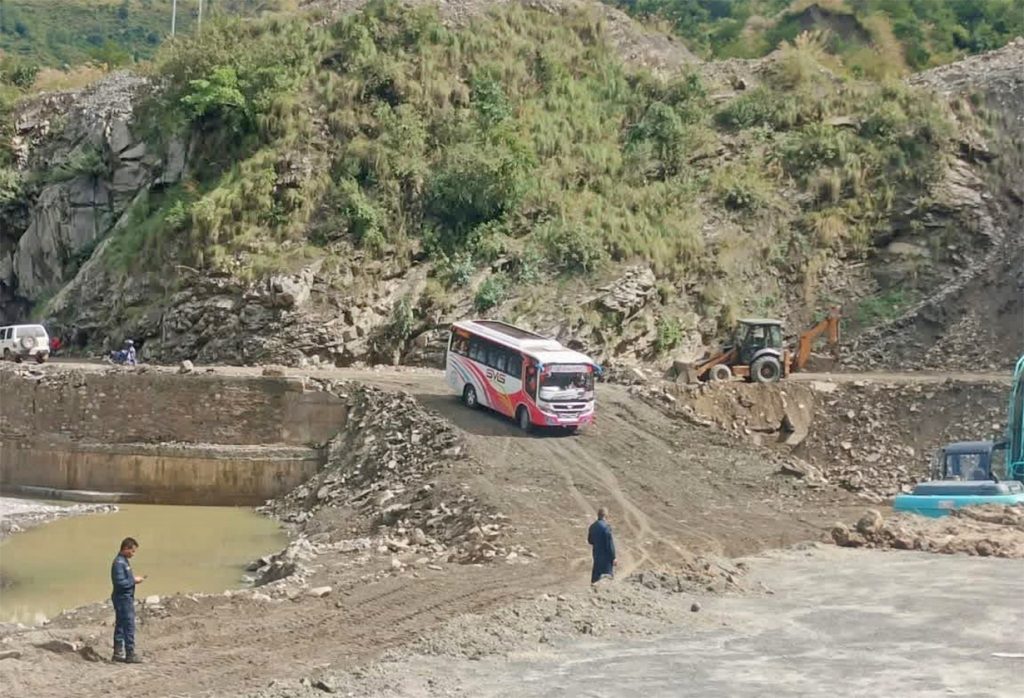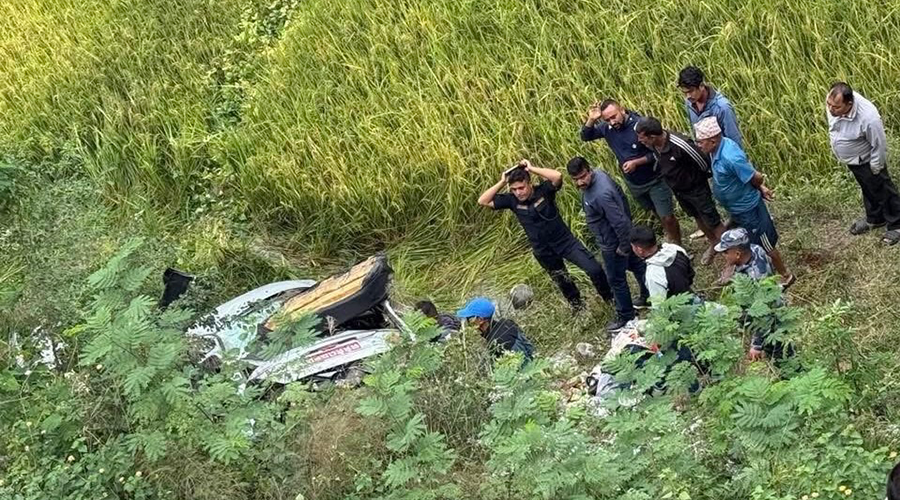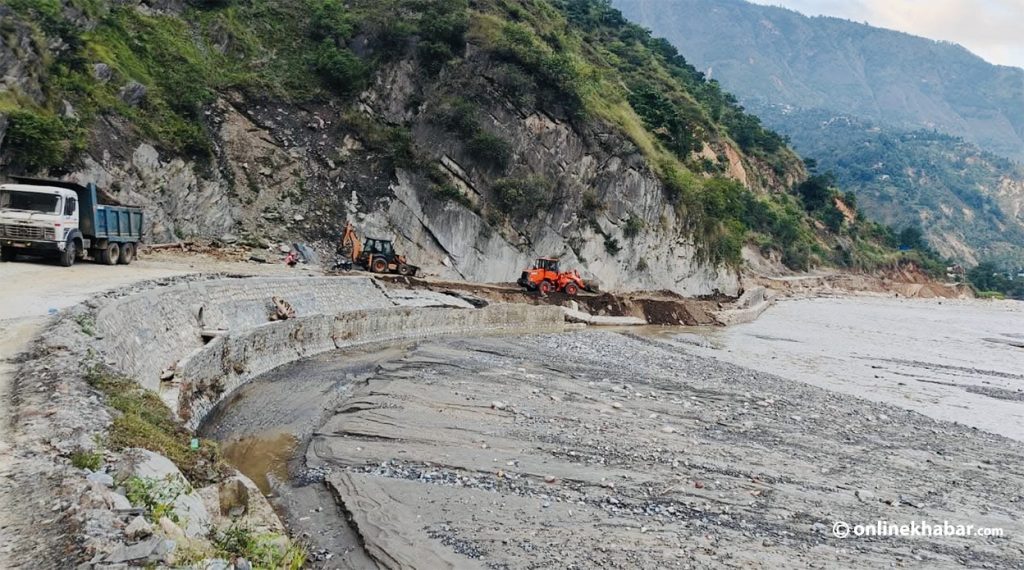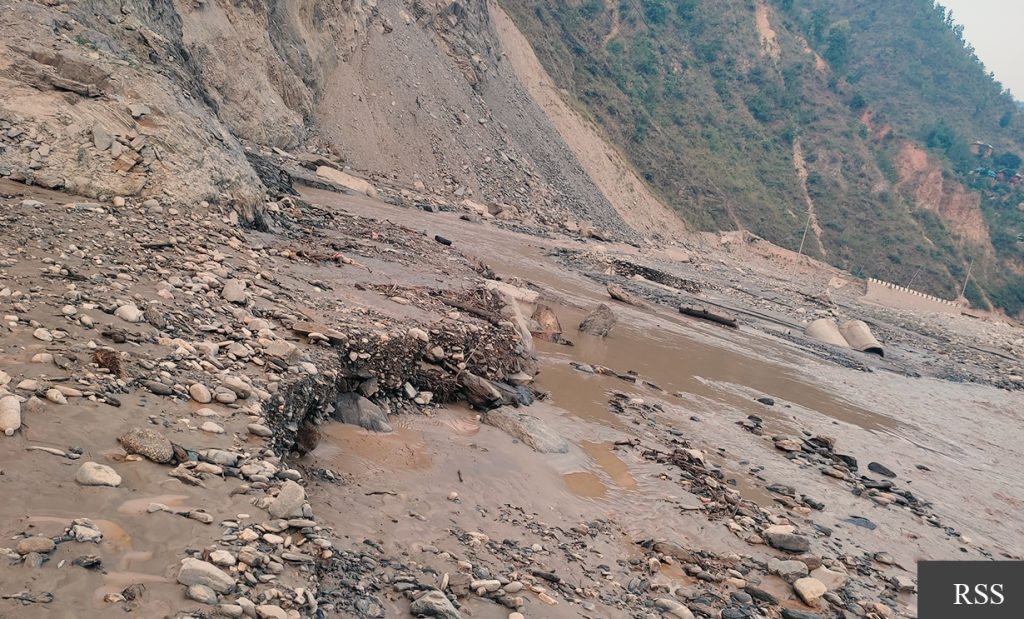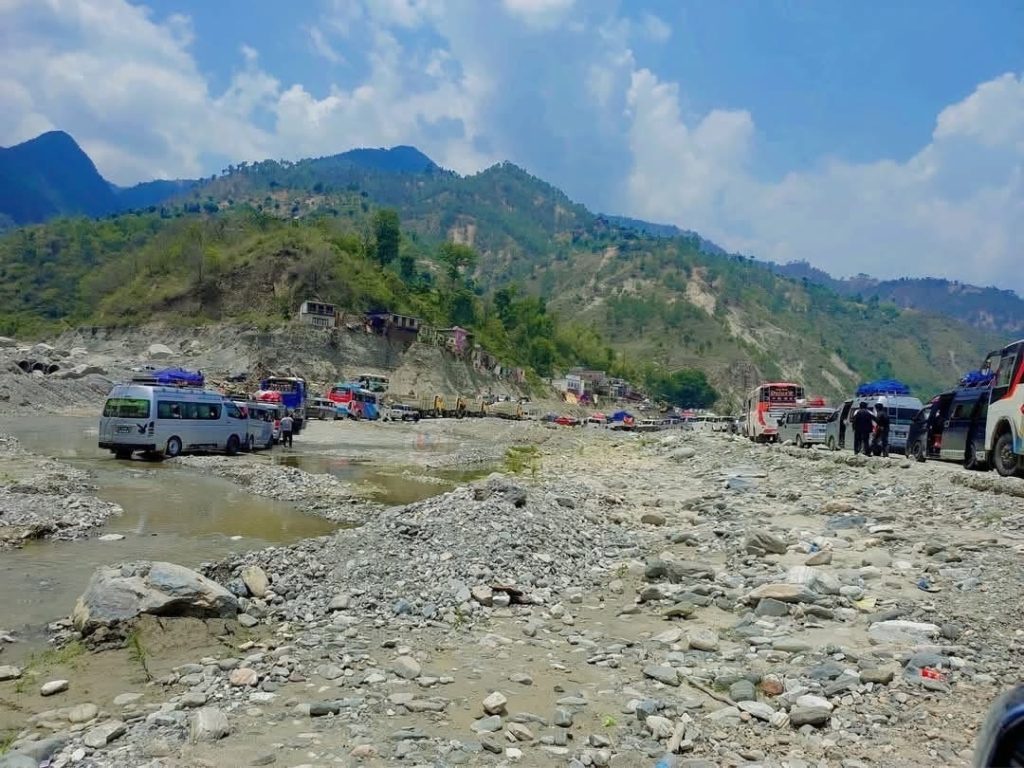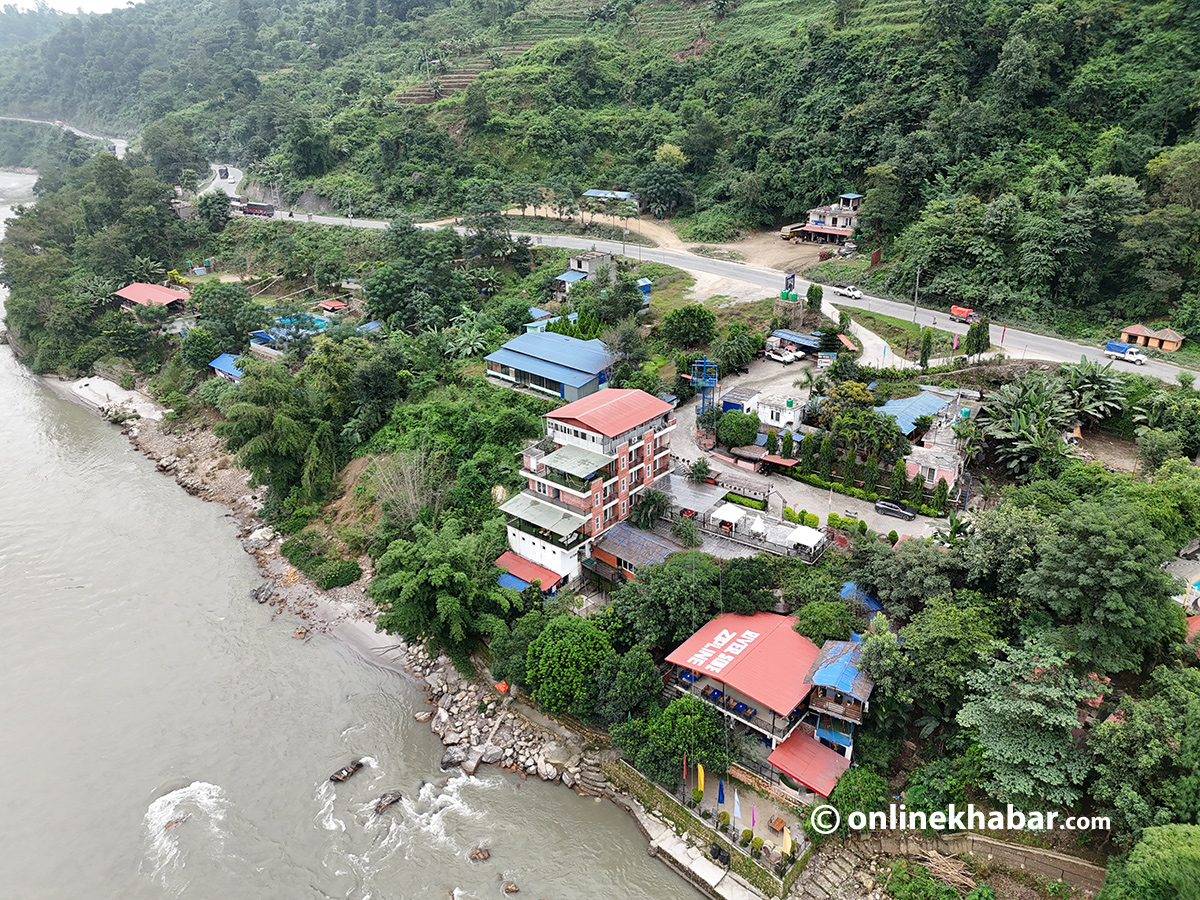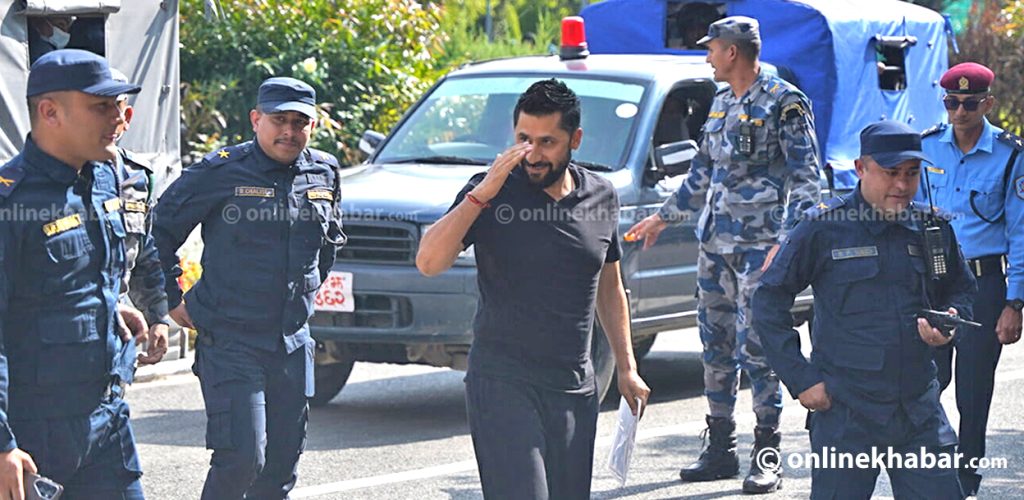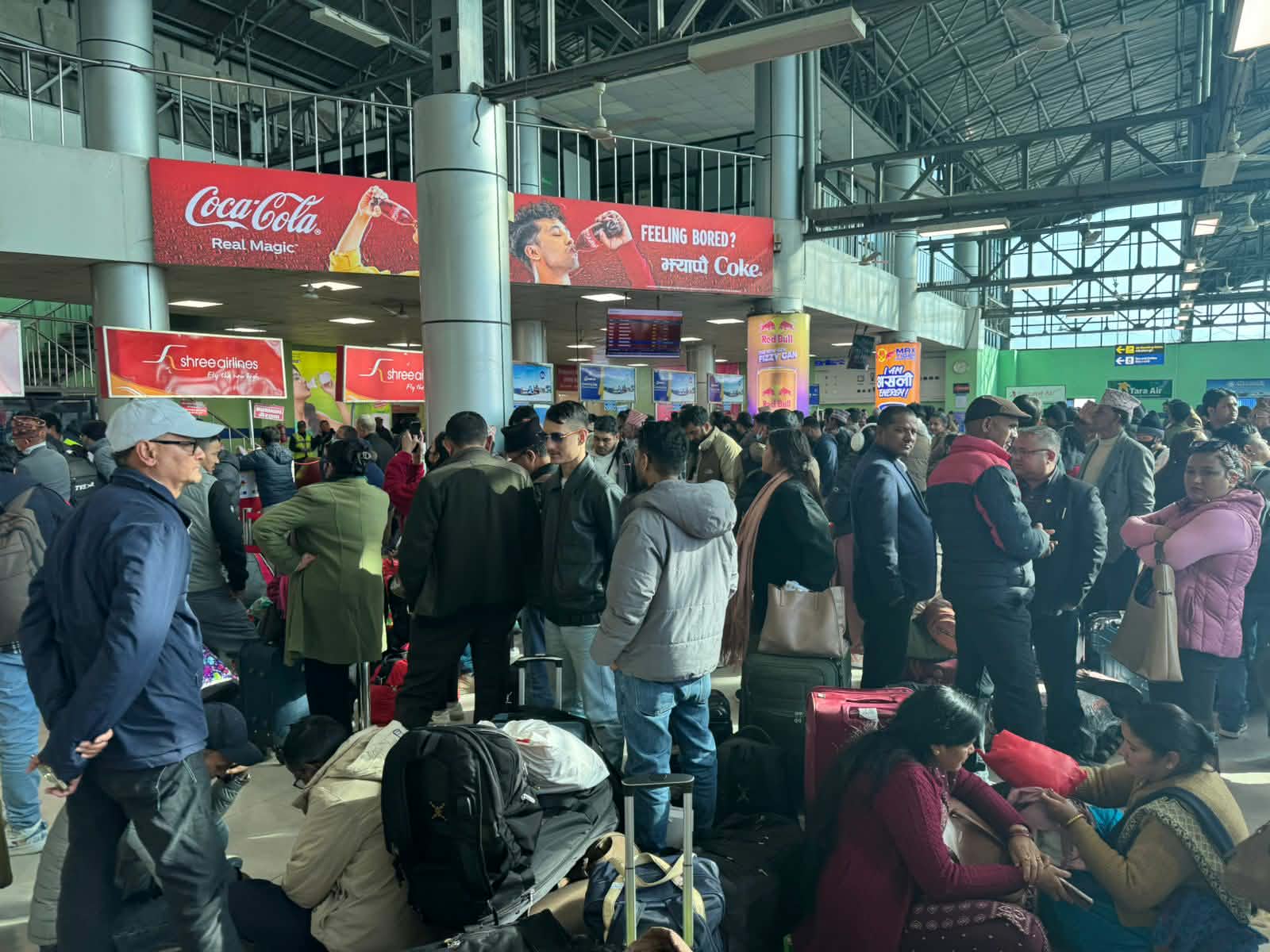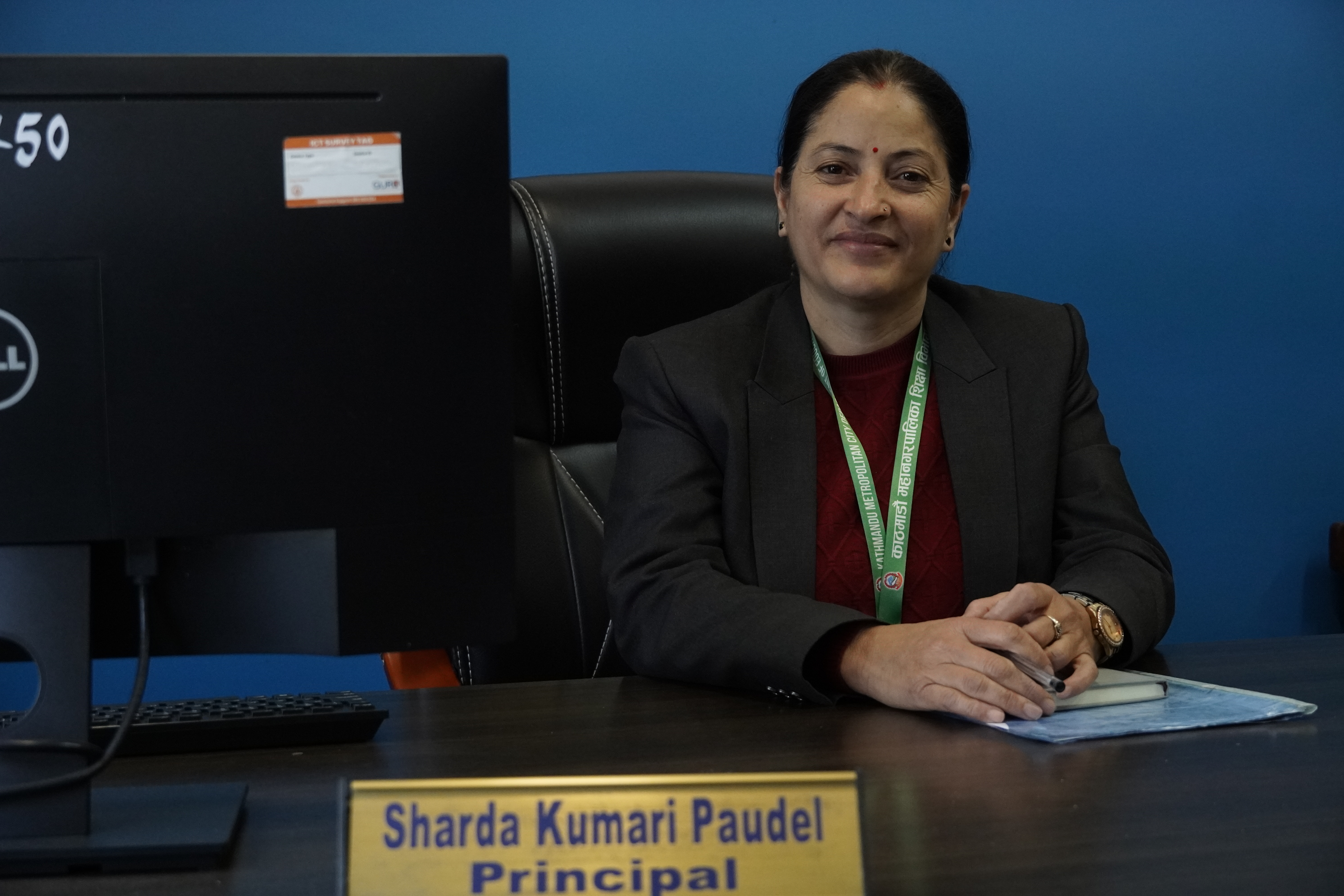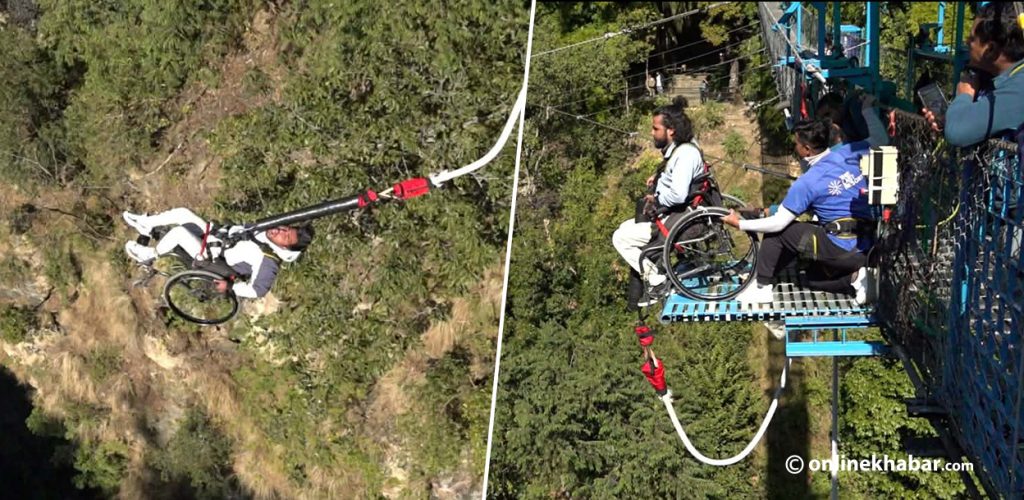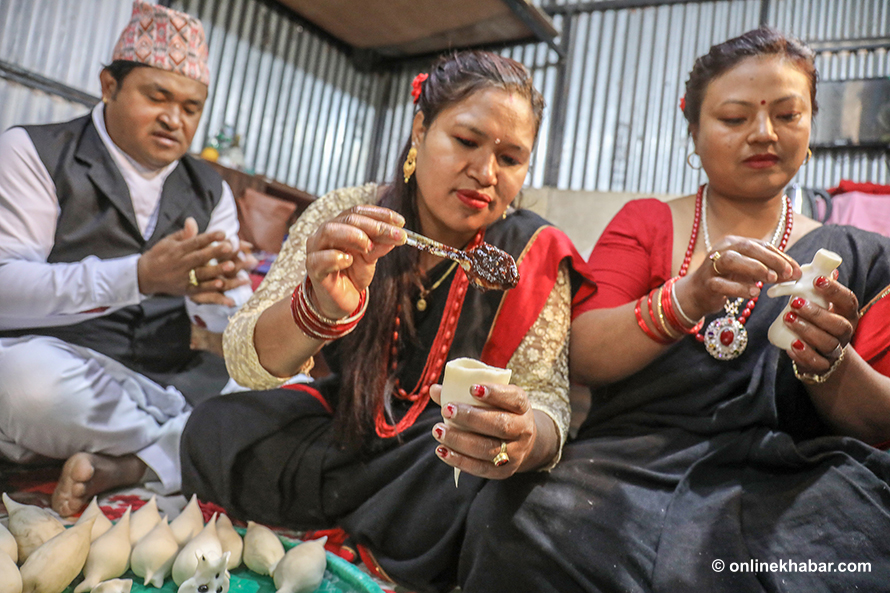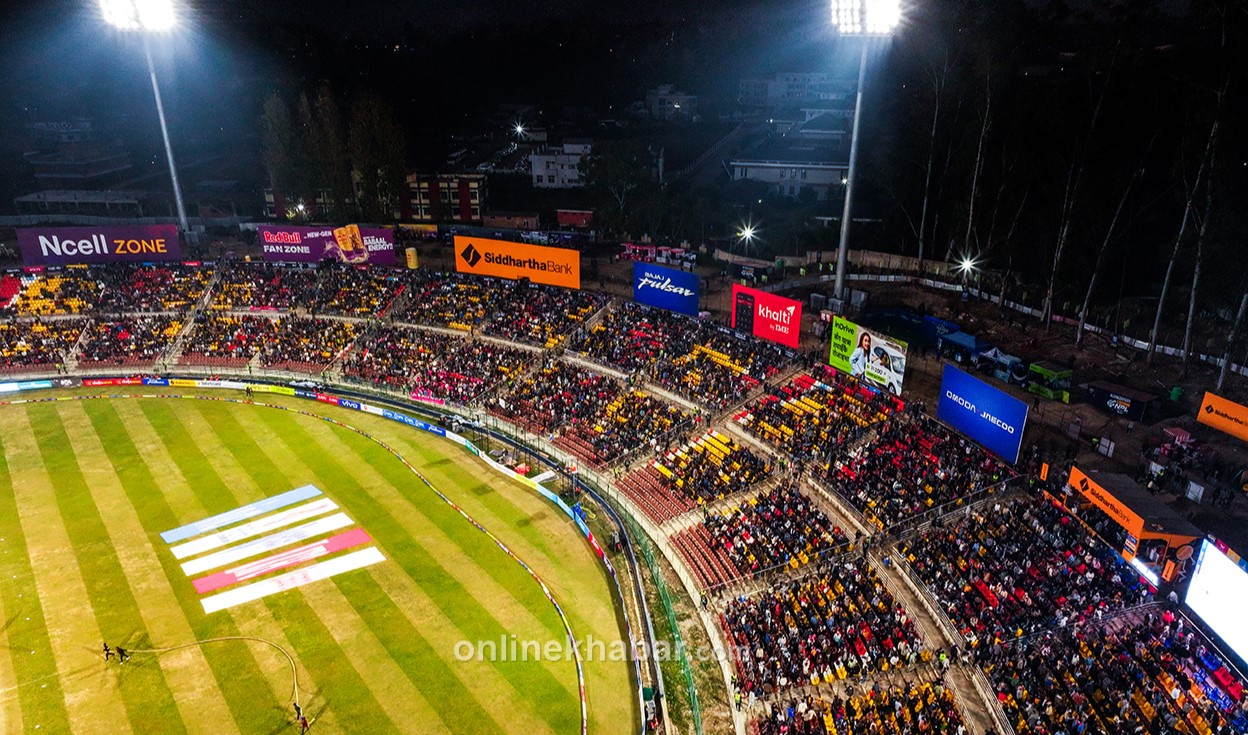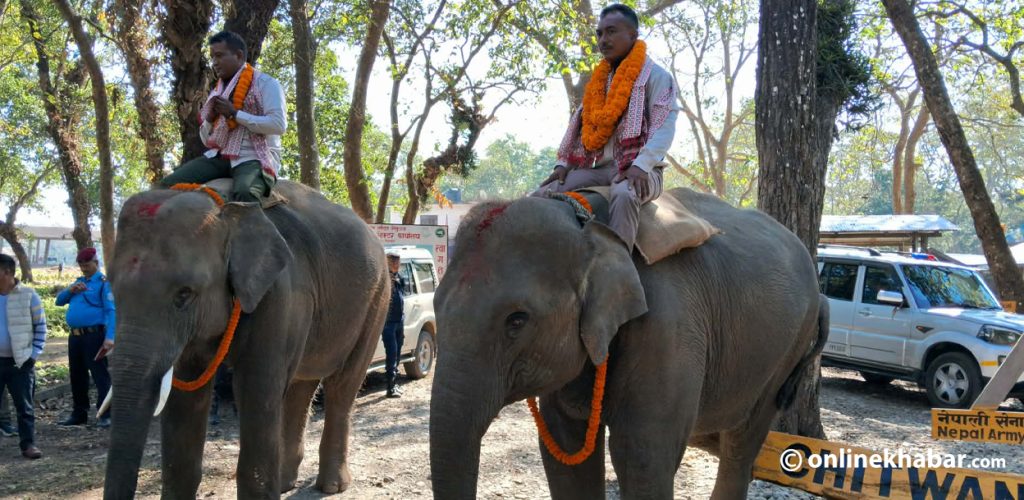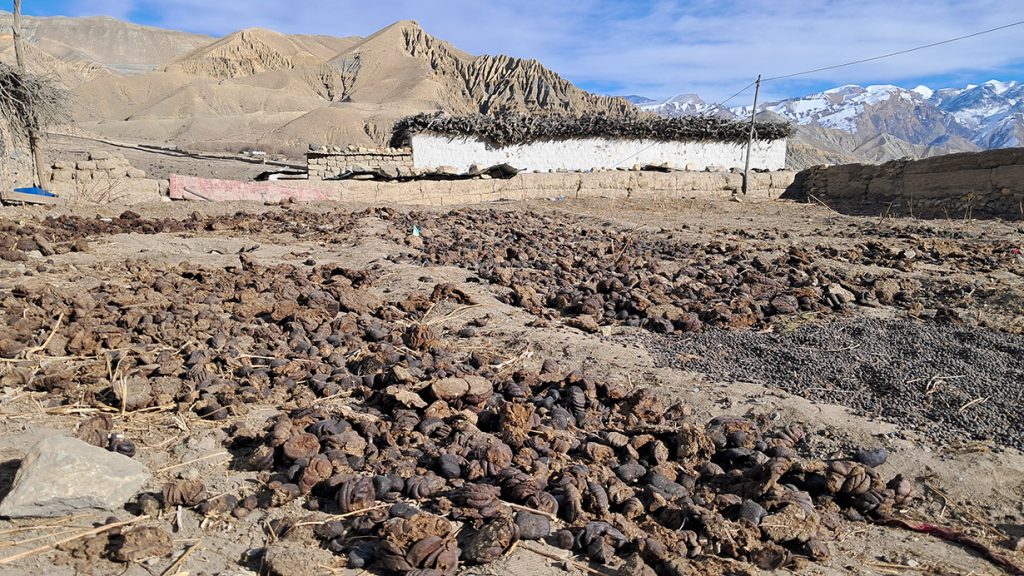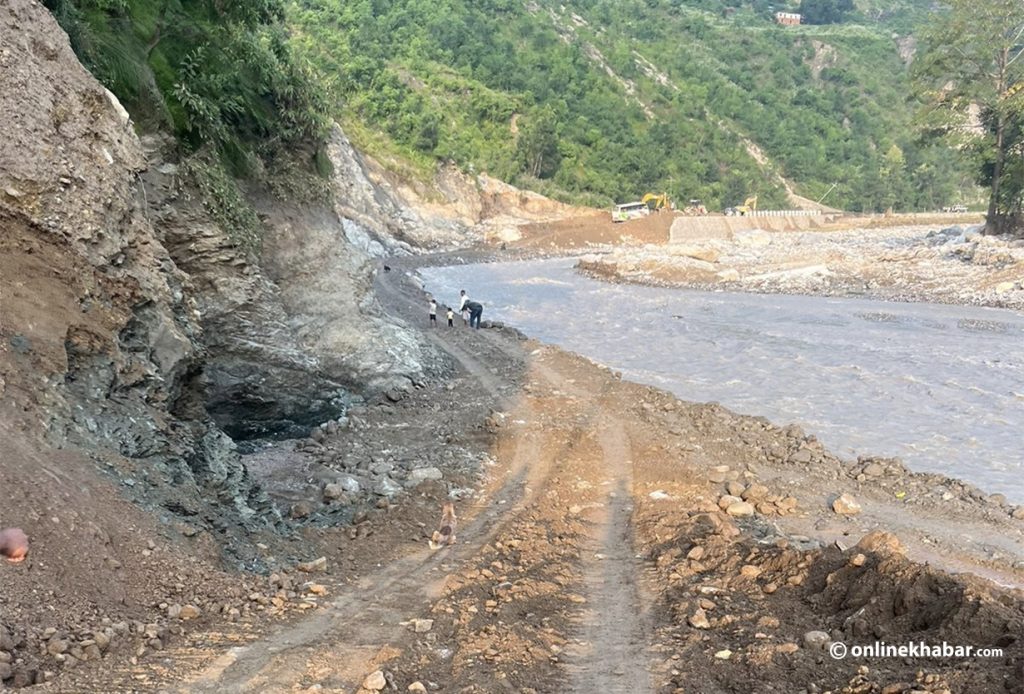
Despite two months having passed since the mid-October floods and landslides severely damaged the BP Highway, the government has yet to finalise a technical study for its reconstruction. The crucial arterial road links Kathmandu to Nepal’s eastern regions, but its future remains uncertain as field assessments drag on.
The Department of Roads (DoR) has dispatched a technical team to evaluate the damage and recommend reconstruction options. “The team is still in the field. The reconstruction plan will be based on their findings,” said Ram Hari Pokhrel, Director General of the DoR.
A lifeline severely damaged
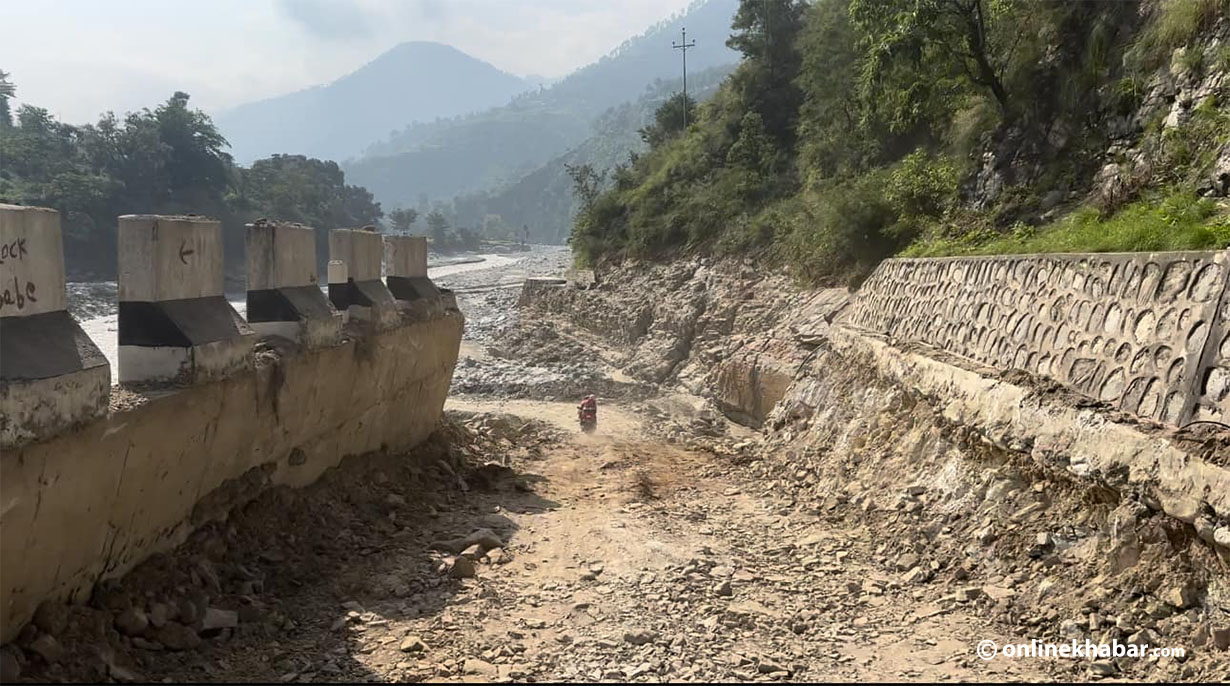
The BP Highway, built with Japan International Cooperation Agency (JICA) funding and handed over to Nepal in 2015, has been hit hard by this year’s monsoon. JICA’s technical team has already conducted two separate studies of the damaged areas, but their final report is yet to be received.
Among the hardest-hit stretches is the section between Chowkidanda in Kavrepalanchok and Barkhekhola in Sindhuli, where parts of the road were completely swept away. Temporary diversions have restored some level of connectivity, but permanent reconstruction—likely involving bridge-building, slope stabilisation, and other major infrastructure upgrades—requires detailed planning.
Financial challenges loom
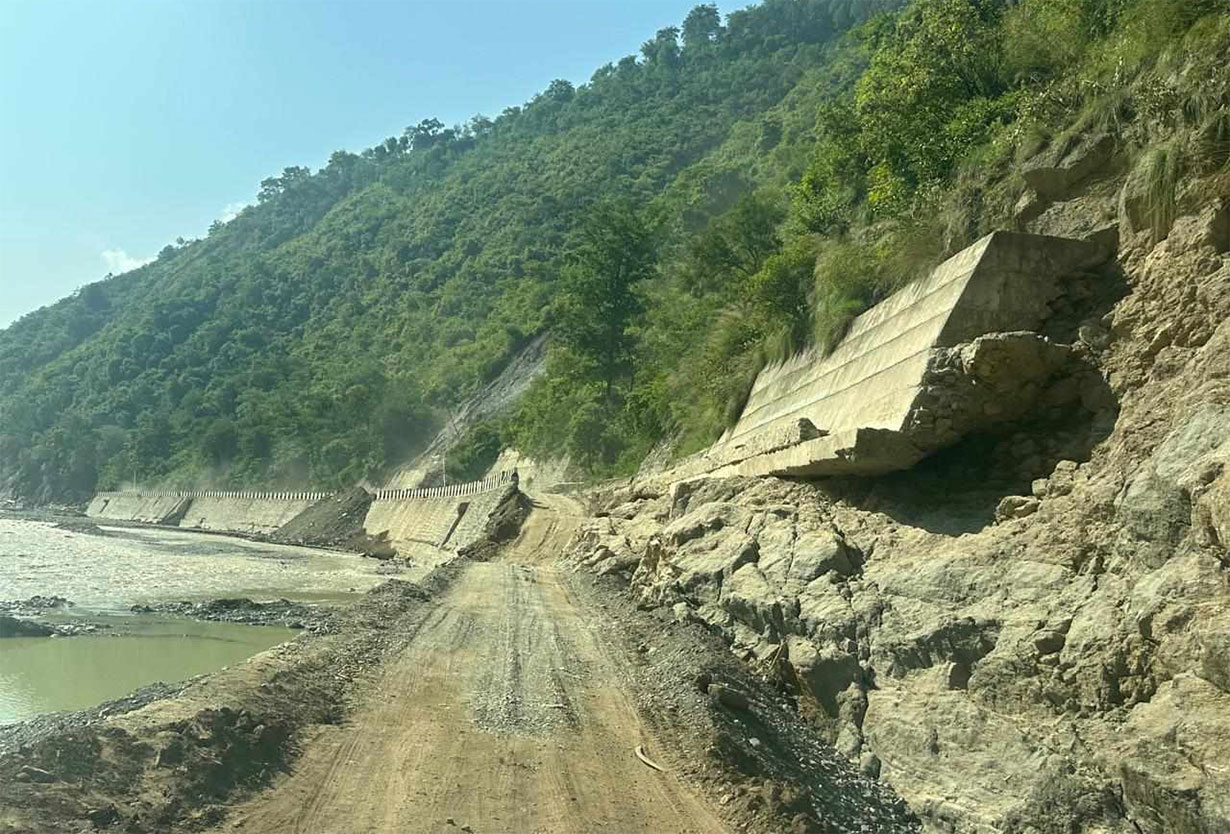
Initial estimates peg the reconstruction cost at over Rs 2 billion, yet securing funds remains a significant challenge. Discussions about funding are ongoing among the Department of Roads, the Ministry of Finance, and the National Disaster Risk Reduction and Management Authority (NDRRMA). However, the delay in finalising a reconstruction modality has stalled concrete action.
“The reconstruction approach will determine how funding is allocated. We’re in regular discussions with concerned authorities,” Pokhrel said.
The financial uncertainty compounds the broader devastation caused by this year’s monsoon, which inflicted Rs 46.68 billion in damages nationwide. Of this, road infrastructure alone accounted for Rs 2.79 billion, according to NDRRMA estimates.
A race against time
For the BP Highway, swift action is essential. Thousands of travelers rely on this shorter and more reliable route to reach the eastern hills and plains. The government faces a pressing deadline to ensure the highway’s safe and permanent restoration before the next monsoon.
Temporary fixes may sustain traffic for now, but the risk of further damage looms without durable solutions. “Our priority is to make the highway operational for the long term,” Pokhrel emphasized.
As the clock ticks, the BP Highway remains a symbol of both resilience and the urgent need for reconstruction in Nepal’s infrastructure network.






